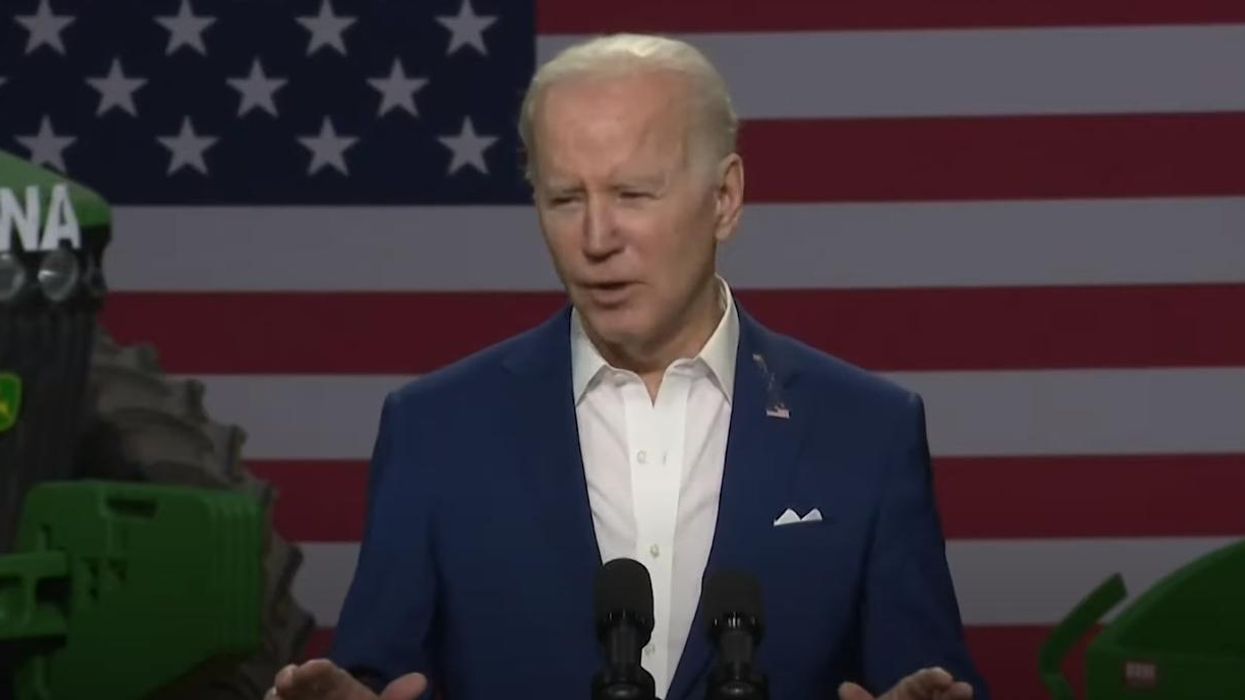Biden Takes Action To Increase Renewable Energy Production
President Joe Biden announced on Monday that he is authorizing initiatives under the Defense Production Act to increase the domestic manufacture of clean energy technologies, especially of components used for solar panel construction.
"While President Biden continues pushing Congress to pass clean energy investments and tax cuts, he is taking bold action to rapidly build on this progress and create a bridge to this American-made clean energy future,” the White House said in a statement.
The Defense Production Act was passed by Congress in 1950 and can be invoked by the president to order private businesses to prioritize the production of materials that have been deemed necessary for the national defense.
The White House statement said:
Specifically, the President is authorizing the Department of Energy to use the DPA to rapidly expand American manufacturing of five critical clean energy technologies:
Solar panel parts like photovoltaic modules and module components;
Building insulation;
Heat pumps, which heat and cool buildings super efficiently;
Equipment for making and using clean electricity-generated fuels, including electrolyzers, fuel cells, and related platinum group metals; andCritical power grid infrastructure like transformers.
Also on Monday, Reuters reported that Biden will declare 24-month exemptions from tariffs on solar panels imported to the U.S. from Cambodia, Malaysia, Thailand, and Vietnam. The Commerce Department had halted the importation of panels from those countries, which comprise more than half the panel supply in the United States, as it investigates whether the products brought in from those countries are evading tariffs on goods imported from China.
The Solar Energy Industries Association, a trade group of over 1,000 companies and organizations advocating for the increased use of solar power, praised Biden's actions.
"Today's actions protect existing solar jobs, will lead to increased employment in the solar industry and foster a robust solar manufacturing base here at home," Abigail Ross Hopper, the president and CEO of the group, said in a statement on Monday.
Biden has invoked the Defense Production Act three times before, to increase the availability of baby formula, to manufacture COVID-19 vaccines, and to manufacture firehoses to combat wildfires. By comparison, former President Donald Trump was criticized for delaying the use of the act to boost production of medical equipment needed during the COVID-19 pandemic.
The executive actions come after the Biden administration in May launched an initiative to connect more sources of clean energy to the national power grid. The Department of Energy said the Interconnection Innovation e-Xchange, or i2X, will bring together "grid operators, utilities, state and tribal governments, clean energy developers, energy justice organizations, and other stakeholders to connect more clean energy to America’s power grid."
The exchange is financed by the Infrastructure Investment and Jobs Act, which Biden signed into law on Nov. 15, 2021.
A Stanford University study published in December 2021 found that electricity blackouts such as the one that hit Texas in 2020, which killed over 200 people and caused $24 billion in damage, could be prevented with more widespread usage of clean energy. The study showed that shifting to renewable energy would decrease energy demand by 57 percent and household energy costs by 63 percewnt.
The Biden administration has promoted the use of clean energy in multiple ways. In February, the administration set revenue records with the auction of offshore wind lease rights in the region known as the New York Bight. In May, the Department of Interior announced that wind lease rights off the coast of California would be auctioned for the first time.
In his first State of the Union speech, in May, Biden called for clean energy tax credits that would spur clean energy production and lower the price of electric vehicles.
Reprinted with permission from American Independent.



